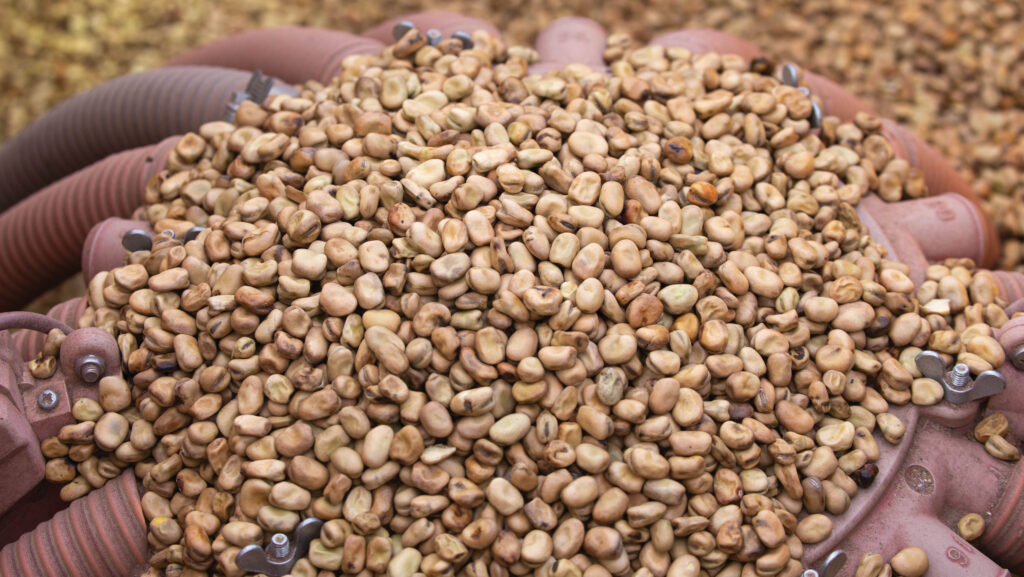Why beans may have a place in Scottish rotations
 © Tim scrivener
© Tim scrivener With many growers looking for alternative break crops to extend rotations, nitrogen-fixing beans could be the answer for some this season.
Through careful variety choice, establishment methods and inputs, Scottish growers are now seeing increased yields and consistency, says Stevie Gray, agronomist at Scottish Agronomy.
“Combined with changes to the Greening Guidance which allow greater herbicide and pesticide use, growing beans is becoming increasingly attractive for arable farmers in Scotland.”
See also: Why Scottish regen farming business added beans to rotation
Scottish Agronomy, in collaboration with the Processors and Growers Research Organisation and Innovative Farmers, has been running split-field trials to generate Scottish-specific variety information.
This will help growers to decide if beans are right for their farm, and, if so, what varieties to grow.
Interesting results
The project builds on work already under way with a few Scottish Agronomy growers, and is showing interesting results.
It compares four varieties: Tundra, Vespa and Vincent, which are all winter varieties, and Lynx which is a spring variety, but grown as a winter variety.
Stevie says all four varieties were established in the same way on the same sowing date on each individual farm, sometime between mid-October and early November.
One grower broadcast and ploughed down, while the other four used a drill.
Two of the sites suffered losses to winter-kill and bird damage, but the remaining three trial sites came through strongly this season, benefiting from one of the best bean-growing summers in recent memory.
“When the crops are cut and analysed as part of the Bean Yield Enhancement Network, we’ll gain valuable insights into the crop performance that will boost farmer confidence in growing beans.”
On a purely economic level, he acknowledges that beans will remain a challenge – the variable yields and modest prices don’t always stack up, but the real benefit is as a break crop, particularly when it comes to controlling grassweeds.
Add to this the nitrogen-fixing benefits to the following crop by 20kg/ha compared to following a cereal crop, and the numbers start to add up.
The recent changes in greening guidance will also make growing beans more appealing.
Where exemptions have been removed, some businesses will be looking for new ways to add ecological focus Area (EFA) into their farmed area.
A notable change to the EFA – the nitrogen-fixing crops option allows herbicides to be applied to control grassweeds, and fungicides to control chocolate spot, neither of which were previously permitted.
A final advantage worth mentioning is the growing potential for beans as livestock feed.

